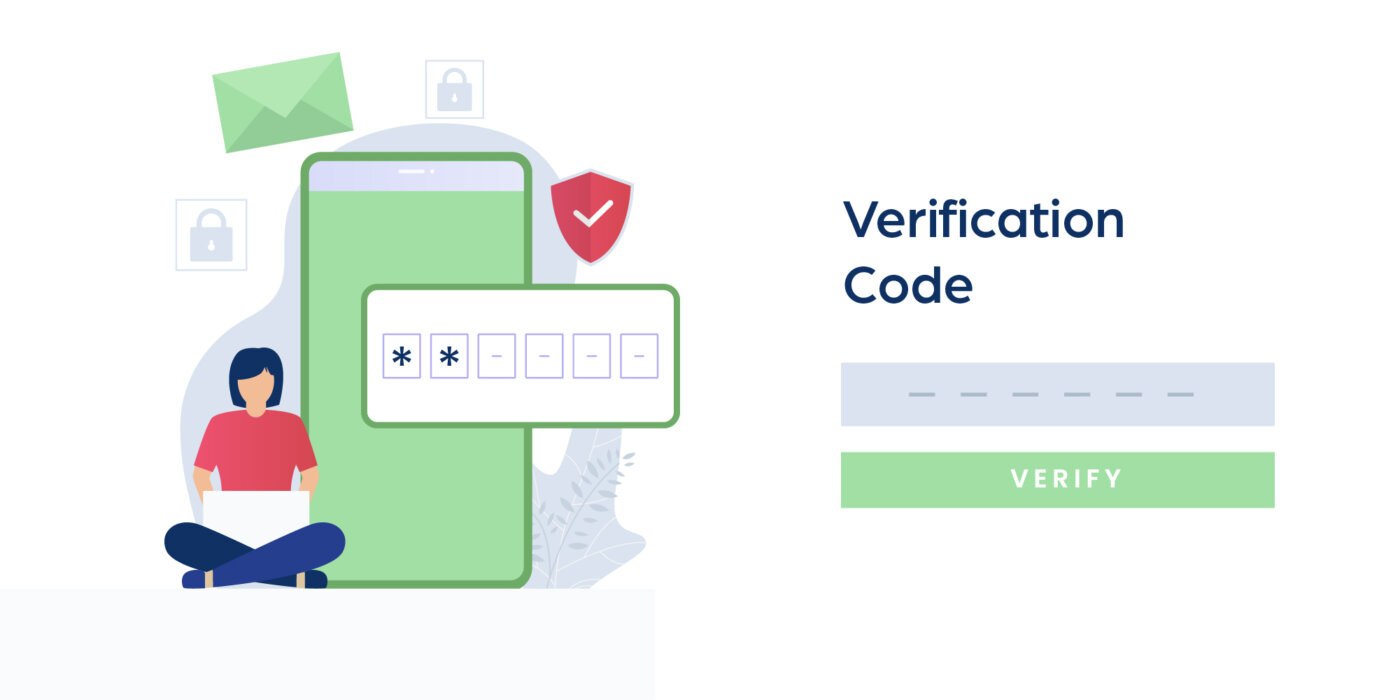
12 January 2021
Using Customer Data The Right Way
In 2017, The Economist published an article titled “The world’s most valuable resource is no longer oil, but data.” It described how the world hungered for oil as acquiring it was the means of technological innovation and economic growth in the past century. While it still remains true, there’s a new commodity on the market that surpasses oil in terms of demand: data. In our case, it’s customer data.
Oil and data have the same characteristics when it comes to extracting them and actually using them. Both need to be extracted and refined. Just as oil is broken down into fuels, plastics, and a myriad of other products, data needs to go through the same process. It has to be broken down into its usable and meaningful elements for it to be valuable.
Once broken down, data gives businesses the means of technological innovation and growth. This is what constitutes its most sought-after aspect: it gives businesses the ability to make better decisions, strategize better, and maybe most importantly, understand their audience better.
Different data for different purposes
Identity data: who are your customers?
Identity data is the most basic form of customer data that lets you identify your customers. It’s made up of customer name, age, gender, phone number, residential address, email addresses, occupation, social media profiles, and their account ID or user ID. This data helps you segment your audience into groups for marketing efforts, giving you a rough picture of what kinds of people are interested in a certain product or service. In short, it lets you find your target demographic.
If your company utilizes a CRM tool, it is the perfect place to store and manage this data and use it to provide a unified customer service experience. A personalized customer service is a must for a good customer experience, after all.
Interaction data: Quantifying brand engagement
Interaction data includes every touchpoint that customers engage with. It helps you draw a picture of the customer journey. How do your prospective customers find you? Is it the ads or the word of mouth? The answer to these questions lies in this type of data.
Interaction data includes website and mobile app interactions, social media and email engagement, ad engagement, and even customer service instances. You can quantify each of these touchpoints to find out how your users want to get in touch with your brand. This will help you make smarter decisions regarding your brand awareness and ad campaigns in the future.
Behavioral data: How do your customers use your product?
While this type of customer data is closely linked with interaction data, it offers some unique views into your userbase. It contains insights into how your users actually use your product. Behavioral data is especially useful for tech companies as they can track the user in their apps and services to get a better understanding of how their products are used.
Depending on the type of product or service you offer, you can collect this data by tracking subscription and purchase details, the user’s history of purchases, cart abandonment rates, and more. You can quantify the user behavior in your product as well by tracking the most used features in your app, the most repeated actions, how many devices your app is installed on, etc. This will give you a better understanding of what your users want more of something from your service.
Attitudinal Data: Are your customers happy?
This type of data indicates what your customers think of your product and your brand overall. It provides insights on your customer satisfaction, how desirable your products are, and the likelihood of users recommending your products to their friends and family.
Since these are more qualitative than quantitative, you can conduct surveys and gauge the social media interactions to get a sense of how your customers feel about your brand and your products. You can tap into customer service tickets, product reviews, and the attitude towards your social media presence to collect this kind of data.
How do you manage all this data?
Managing large amounts of seemingly interconnected data is not an easy task. Collecting data is one thing, but making sense of it is another thing altogether.
Customer data platforms aggregate all the data points we mentioned above and creates a database of user personas. These personas then can be easily and seamlessly utilized by marketers and customer service departments to offer better customer experiences. Utilizing a customer data platform is a near-must today as the amount of data collected is huge.
Data is indeed the new oil in today’s digital landscape. The more data you have, the more power you possess. Like everything valuable in life, it takes time to collect, refine, and manage data in order to be able to use it properly, but the rewards are definitely worth it.
Share








